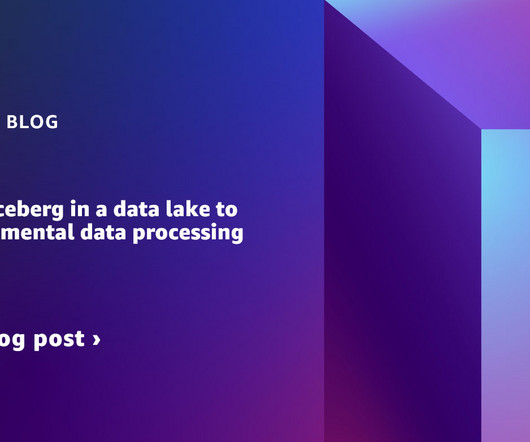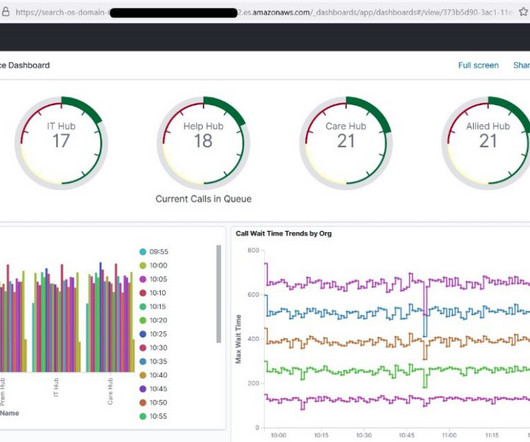Announcing the DataOps Cookbook, Third Edition
DataKitchen
AUGUST 24, 2023
As an industry, we have a conceptual hole in how we think about data analytic systems. We build them and put them into production, but then we hope all the steps data goes through from source to customer value work out correctly. We all know that our customers frequently find data and dashboard problems.














Let's personalize your content